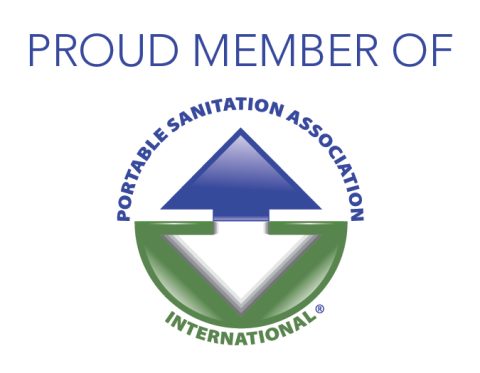
Portable toilets are a convenient and sanitary option for outdoor events, camping trips, construction sites, and other situations where access to regular toilets is limited or unavailable.
But how much water do they use, and how do they compare to conventional toilets in terms of water efficiency and environmental impact?
Water usage of portable toilets
The water usage of portable toilets depends on the model and frequency of use. Some portable toilets use water to flush waste down into a holding tank, while others use no water at all, but rely on plastic bags, sawdust, or composting to contain the waste.
However, all portable toilets use much less water than conventional toilets, which can use up to 6 gallons per flush. According to the Portable Sanitation Association International, portable toilets use an average of 0.5 gallons per flush, which means they save about 5.5 gallons of water per use compared to regular toilets.
Environmental impact of portable toilets
Portable toilets can have both positive and negative impacts on the environment, depending on how they are used and managed. On the positive side, portable toilets can save a lot of water, which is a precious and scarce resource in many parts of the world.
Portable toilets can also prevent the contamination of soil and water sources by human waste, which can spread diseases and harm wildlife. On the negative side, portable toilets can generate more solid waste, especially if they use plastic bags or cartridges, which are not biodegradable and can end up in landfills or oceans. Portable toilets can also emit greenhouse gases, such as methane and carbon dioxide, from the decomposition of organic matter in the holding tanks or composting chambers.
Some portable toilets also use chemicals, such as formaldehyde or bleach, to treat the waste and reduce the odor, which can be harmful to the environment and human health if not handled properly.
Conclusion
Portable toilets are a useful and hygienic solution for situations where regular toilets are not available or feasible.
However, they also have different water usage and environmental impact than conventional toilets, which need to be considered and balanced. The best type of portable toilet for you depends on your needs, preferences, and circumstances, as well as the availability of water, garbage, and dumping facilities.
Whatever type of portable toilet you choose, make sure to use it responsibly and dispose of the waste safely and ethically. Ready to save water and stay hygienic with portable toilets? Contact us today and get a free quote for your event or project.






